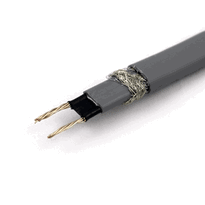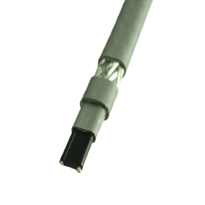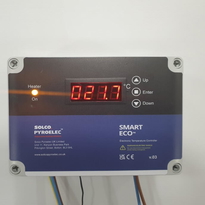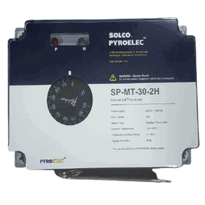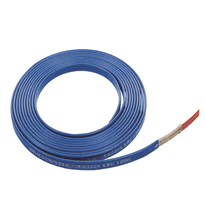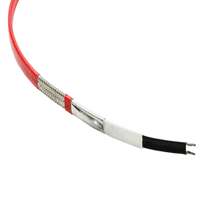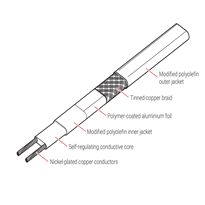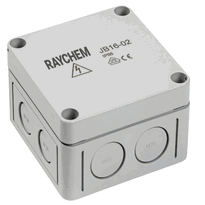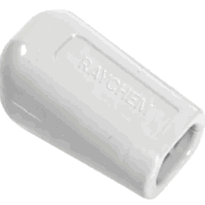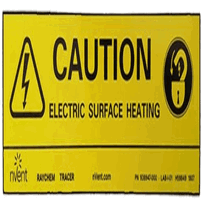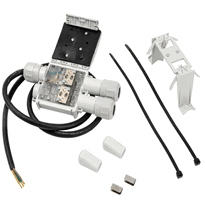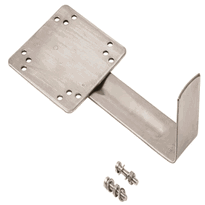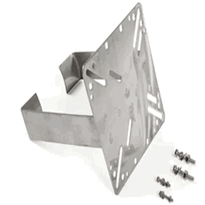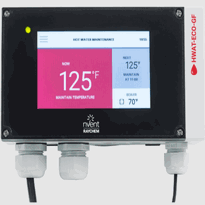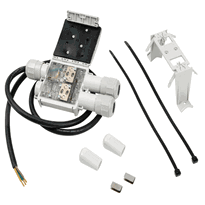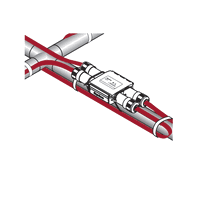Heat Trace for Water Hose
Heat tracing for water hoses involves the installation of specialised electrical cables that generate consistent heat to prevent freezing in cold conditions. These cables, often self-regulating or constant-watt types, are secured along hoses using suitable clips or tapes at regular intervals to ensure even heat distribution.
Proper insulation, corrosion-resistant tubing, and environmental protection are essential for system durability and efficiency. Maintaining safety, regularly inspecting components, and following best practice installation procedures are crucial measures to ensure optimal performance.
Continued attention to these aspects will guide you through detailed procedures and safety considerations necessary for a reliable and efficient water hose heat tracing system.
Key Components of Heat Trace Systems
The key components of heat trace systems work together to maintain the desired temperature of water hoses and pipes, ensuring efficient operation and protection against freezing or heat loss.
The primary element is the heat trace cable, which contains an electrical resistive core that generates heat when energised, and it must be securely attached along the pipe or hose surface before applying insulation.
Temperature sensors and controllers, such as thermostats, monitor ambient conditions and activate the heat cable only when necessary, optimising energy use.
Insulation materials like polyurethane foam minimise heat loss and improve system efficiency, while external jacketing provides physical protection from environmental conditions.
Proper electrical components—including circuit breakers, connectors, and control panels—are essential for safe and reliable operation.
All components are coordinated within a well-designed system tailored to the specific environmental factors encountered in the UK.
Understanding the importance of adhesive solutions can help ensure secure attachment of components and enhance the overall system durability.
Materials Used in Heat Trace Hoses
Materials used in heat trace hoses are crucial for ensuring longevity, performance, and safety across a range of operating conditions. Copper tubing is widely preferred due to its excellent thermal conductivity and exceptional durability, making it suitable for demanding applications. Copper's high thermal conductivity allows it to efficiently transfer heat, reducing energy consumption. Aluminium tubing is often chosen for its lightweight properties, offering good thermal transfer without adding significant weight to the system. Stainless steel tubing provides outstanding corrosion resistance and strength, making it ideal for harsh environments where chemical exposure is prevalent. For chemical resistance and flexibility, high-purity PTFE Teflon® tubing is utilised, particularly in low-pressure and chemically sensitive tasks. These tubing materials are available in diameters ranging from 6 mm to 45 mm external diameter, accommodating diverse flow rates and pressure requirements. Proper selection of these materials ensures an optimal balance between efficiency, safety, and system longevity in heat trace solutions.
Installation and Maintenance Procedures
Proper installation and maintenance of heat trace systems on water hoses require meticulous planning and adherence to detailed procedures to ensure safety, efficiency, and long-term functionality.
Careful surface preparation involves cleaning the hose thoroughly, removing rust, sharp edges, and debris, and pressure testing the hose before installation. Removing old materials such as obsolete heat tape or combustible substances promotes safety. Checking for existing damage or defects is also essential to prevent future failures and ensure optimal operation.
Selecting the correct heat tracing cable—whether self-regulating, constant-watt, or power-limiting—is essential, with an accurate estimate of cable length, including spare allowances for fittings and future adjustments.
During installation, commence at the end of the circuit, securing the cable at 30-centimetre intervals using appropriate attachment tape, and position it at a 45-degree angle, commonly at the 4 or 8 o’clock position on the hose. Proper cable placement enhances heat transfer efficiency and minimizes damage.
Properly planned placement of accessories and regular inspection practices are vital to maintaining the system’s performance and safety over time.
Safety Considerations and Best Practices
Ensuring safety when installing and operating heat trace systems on water hoses requires strict adherence to electrical safety standards and diligent monitoring of system components. Primary precautions include the use of ground-fault protection devices, which are essential to prevent electrical hazards caused by damaged cables that could result in arcing or fire. It is vital that heating cables remain undamaged during installation and operation. Any damage should be addressed immediately using approved components to mitigate risks. Additionally, the cable ends must always be kept dry throughout all stages of installation to prevent accidental electrical shocks or system malfunctions. Regular inspection of cable placement and integrity is crucial. This helps identify any damage or loosened attachments that could compromise system safety and reliability. Proper cable positioning—typically at approximately 5 o’clock or 7 o’clock on the pipe—minimises heat loss and exposure to moisture, thereby enhancing overall efficiency and safety. Use of high-temperature rated tapes and fire-resistant insulation further guarantees the durability and safe operation of the system under operational stresses. Implementing regular testing and adherence to local safety regulations [significantly reduces the risk of electrical faults, ensuring a safer working environment. Properly following these best practices ensures a safe and effective heat trace system on water hoses, tailored to the specific safety requirements within the UK.
Conclusion
Proper selection, installation, and maintenance of heat trace hoses are essential to ensure reliable water flow and prevent system failures. Understanding key components, appropriate materials, and safety protocols allows for effective operation and longevity of the system. Adhering to best practices reduces hazards and improves efficiency. Professionals must follow precise procedures, carry out thorough inspections of installations, and regularly maintain hoses to uphold safety standards and achieve optimal performance in applications requiring heat trace solutions.








